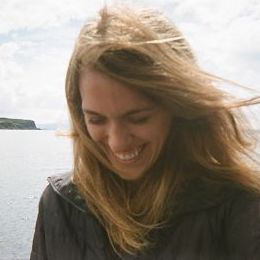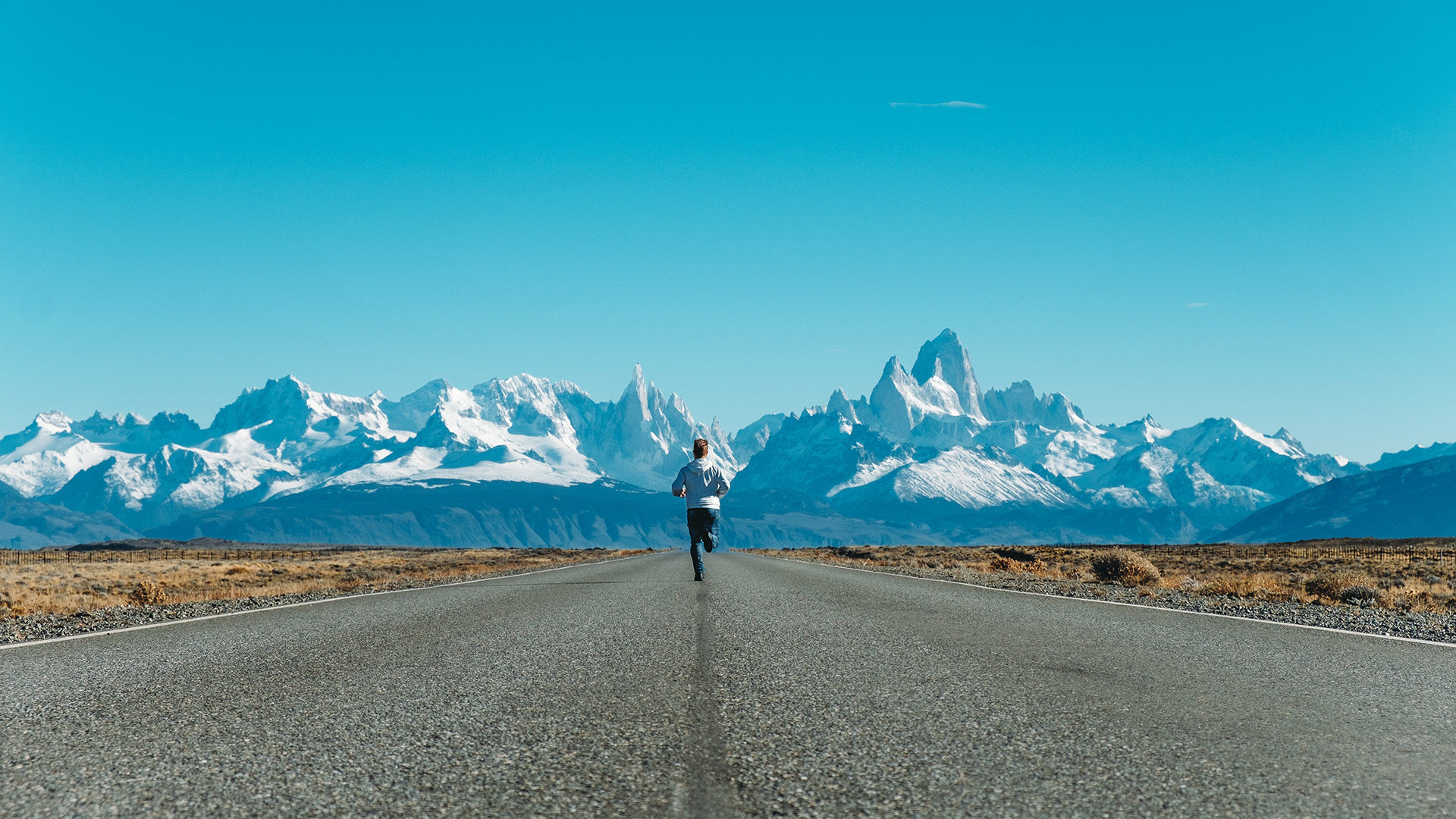Hannah Martin (MACP ‘20) worked for Resilient Leaders Project during her tenure as a student of The Seattle School. Here, she reflects on the necessity of acknowledging pain and tending to our wounds in order to move forward into greater resilience.
Laura Wade Shirley’s post on “Running as a Spiritual Practice” has been on my mind a lot this year as I picked up running in preparation for a trip a few years ago. In December of last year, I was invited to sign up for a half marathon, which I did in hopes that by mid-June I would be ready.
I took off for my first training run in early April in the mountains of Leavenworth and returned with a new pain in my shins and right foot. Rather than rest, I upped my mileage again, and again. I was training, I told myself, I had to push through. Even with late-night googling of stress fracture symptoms that seemed to closely resemble the pain I was in, I didn’t want to stop. I had to keep going.
And then I couldn’t.
I knew I had pushed too hard. And I knew I had to stop. In an expensive and painful series of weeks of seeking healing and crying in many waiting rooms and doctor’s offices, I was told that this might be the end of my running career.
There’s something so vulnerable about physical pain. In my time at The Seattle School, I’ve become well-versed in emotional and spiritual agony. But this was different, it wasn’t something that I could hide. Rather, I had to ask for help to do even the tiniest of tasks that I normally wouldn’t think twice about. It was a gift I was angry to receive.
I realized, though, that thankfully I had not yet created new injuries but had merely started applying pressure to old ones. In my 29 years, I’ve gotten hurt in some significant ways (that I’ve generally ignored) and I’ve adapted to living with these hurts in ways that have allowed me to pass as healed, both to myself and others. But with the increase in pressure through training, the injuries refused to remain hidden and demanded attention.
Everything I had done to prop myself up, to convince myself that I was okay, was no longer working.
I had shaped my body and my life around two ideas: I was frail, in need of protection, and that I could not show this to anyone. My chiropractor looked at me and told me to stop protecting myself. He put me in front of a mirror and showed me that I was caving in on myself, trying to diminish my injuries. The way forward in health was to stand upright and unprotected, no matter how much it hurt. In standing up straight I would have to relinquish my attempts to hide and to protect my heart.
Instead of ignoring my pain and pushing through, it is through attention and devotion to nourishing my weaknesses that a way forward is possible.
Slowly, carefully, intentionally, I’ve had to tend to these old wounds and ask for what they need in order to heal.
I was commanded by a trainer that if I was serious about remaining active throughout my life and about healing, that there was no going back. For the rest of my life I was going to have to work on maintaining my weaknesses so they would not cause injury again. I can blame the shoes I had (and I do) but I also have to reckon with how I pushed past all the signals that something was wrong. I had begun to prize my toughness over my tenderness. I was praising my own destruction by valuing my intensity and strength over my pain and weaknesses.
Learn more about Resilient Leaders Project and the Certificate in Resilient Service.


